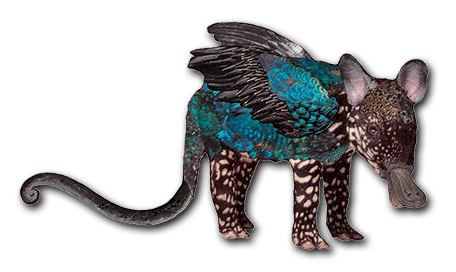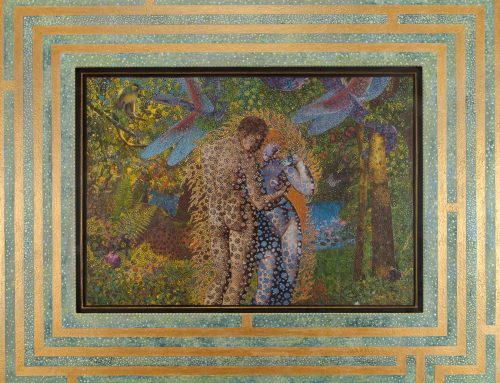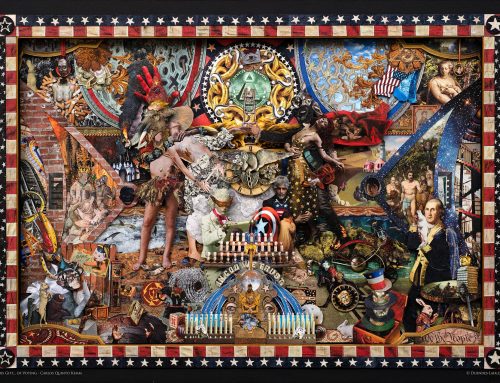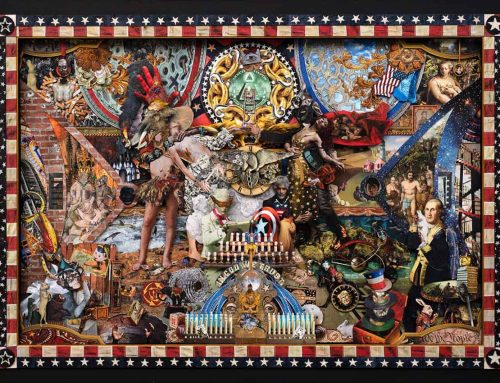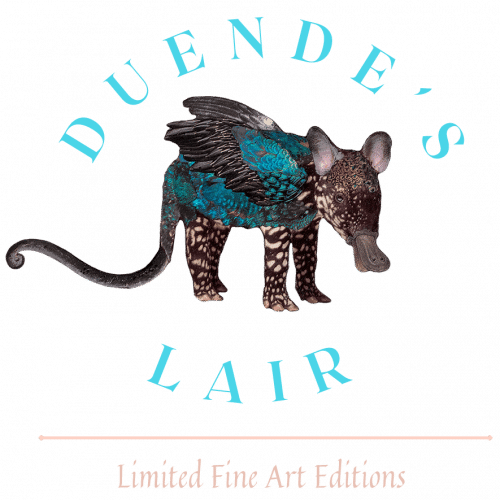How to Build Depth & Meaning in Your Collages
The Art of Layering
Layering is one of the most important techniques in mixed media collage. It adds depth, creates movement, and helps tell a story through different textures, colors, and materials. Whether you’re using paint, paper, or found objects, mastering the art of layering will make your collage art more dynamic and expressive. When done thoughtfully, layering can turn a simple composition into a rich, multi-dimensional piece that keeps the viewer engaged.
Why Layering Matters in Mixed Media Art
Layering isn’t just about adding more elements—it’s about creating depth and meaning. When done well, it can make a piece feel rich and complex while guiding the viewer’s eye through the artwork. Each layer plays an important role in shaping the final piece, blending colors, textures, and materials into a cohesive design.
- Adds Visual Depth – Layering different materials makes some elements stand out while others fade into the background, giving a sense of space. This helps create a feeling of distance and perspective within your collage.
- Creates a Story – Each layer can represent a different idea or moment, making the artwork more meaningful. Layering allows artists to include hidden messages, memories, or themes that build upon each other.
- Builds Texture – Using a mix of thick and thin layers adds a tactile quality to the piece. Texture brings visual interest, making the piece feel more interactive and dynamic.
- Encourages Experimentation – Layering allows you to try new materials and techniques without worrying about making mistakes. If something doesn’t work, you can always cover it with another layer and continue the creative process.
Choosing the Right Base for Layering
The base layer is the foundation of your collage and can affect how the other layers interact. Choosing the right surface helps determine the durability and visual appeal of your piece.
- Canvas – A sturdy surface that works well for thick paints and heavy materials. The natural texture of canvas adds depth even before layering begins.
- Watercolor Paper – Absorbs paint and ink beautifully while allowing for delicate layering. This is a great choice for artists who love soft washes of color in their backgrounds.
- Wood Panels – Strong and smooth, great for mixed media collages with 3D elements. Unlike paper, wood panels hold up well under thick layers of paint, glue, and heavy embellishments.
- Old Book Pages or Cardboard – Adds a vintage or textured look to the base layer. These materials provide an eco-friendly and budget-friendly option that gives collages an aged, nostalgic feel.
Building Your Layers Step by Step
To create a well-balanced collage, layering should be done thoughtfully. Here’s a good idea of how to build layers step by step:
Step 1: Background Layer
Start with paint, ink washes, or textured paper to create a solid base. This sets the tone for the rest of the piece. Some artists prefer to begin with a neutral background, while others use bold colors to set a specific mood.
Step 2: Adding Textures and Patterns
Use stencils, stamps, or acrylic medium to create patterns. This makes the next layers more visually interesting. Textured mediums such as modeling paste or gesso can be applied to give dimension and movement to the surface.
Step 3: Collaging Elements
This is where you add cut-outs, fabric, or found objects. Layering different materials helps add variety and uniqueness to the collage. Consider using torn edges instead of straight cuts to create an organic, handmade effect.
Step 4: Adding Paint and Details
Using acrylic paints, pastels, or markers, you can blend elements together or highlight specific areas. Dry brushing, splattering, and glazing are great techniques for adding depth and color variation to your layers.
Step 5: Final Touches
Seal your artwork with a finishing medium to protect it. You can also add final details like metallic foils, scribbles, or hand-drawn lines to enhance the composition. Adding a clear gloss or matte varnish helps unify the layers while preserving the colors.
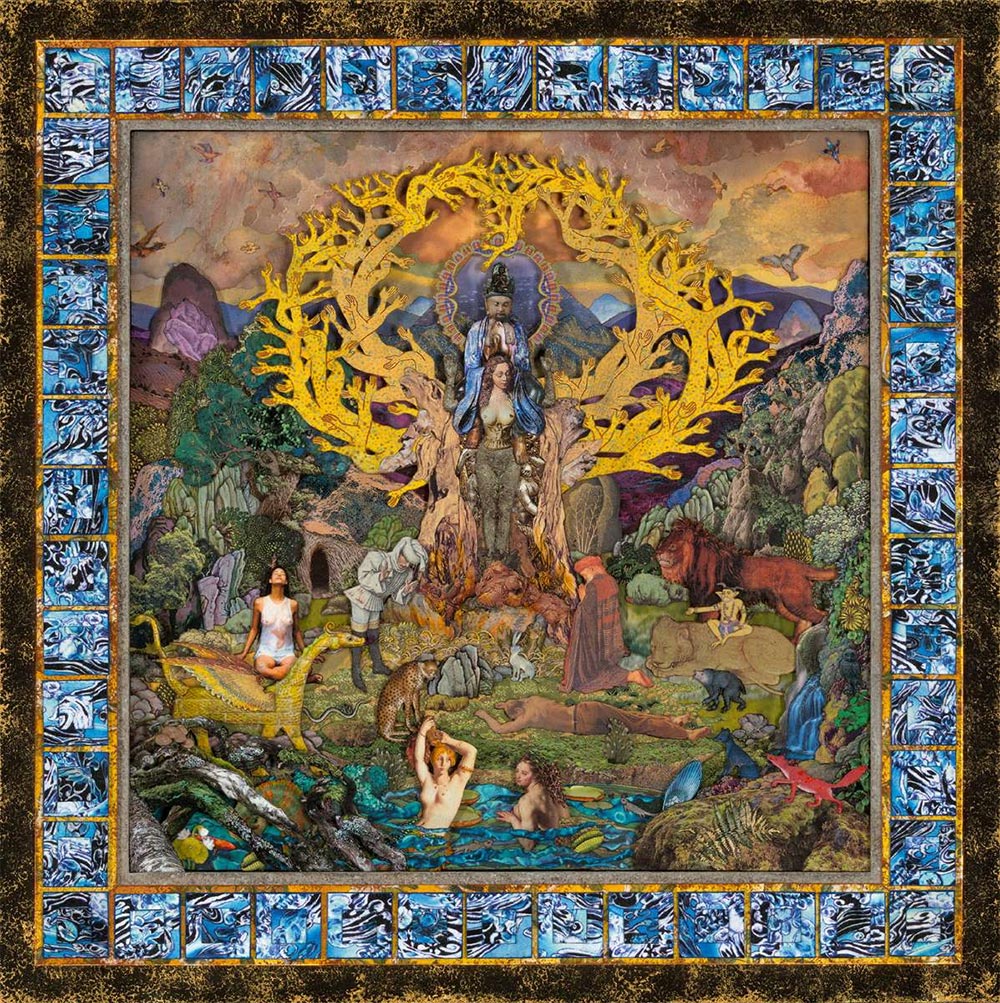
Techniques to Create Depth in Collage Art
- Transparency Layers – Use tissue paper, vellum, or sheer paint washes to create layers that show what’s underneath. These translucent elements allow previous layers to remain visible, adding a dreamy or mysterious effect.
- Overlapping Elements – Placing some pieces over others creates movement and guides the eye. A well-placed overlap helps draw attention to focal points and increases the sense of flow within the piece.
- Distressing and Peeling – Sanding, scratching, or peeling layers adds an aged, worn look. This technique is great for vintage or weathered effects that make the collage feel like a piece of history.
- Shadow and Highlight Effects – Using dark and light colors can create the illusion of depth. Shadows help push elements back, while highlights bring certain areas forward, making the composition more three-dimensional.
Experimenting with Different Materials
Layering becomes even more exciting when you mix different materials. Try adding:
- Fabric Scraps – Soft textures contrast beautifully with hard paper layers. Textiles like lace, burlap, and muslin can add a rich, tactile dimension to the collage.
- Printed Text and Old Book Pages – Words and letters add an extra storytelling element. The printed text can serve as a background texture or a meaningful focal point.
- Handmade Paper or Tissue Paper – Adds unique textures and blends well with paint. Handmade papers often have uneven edges, making them perfect for natural, organic-looking collages.
- Embossing Powders or Metallic Paint – Makes certain areas pop and catch the light. Shimmery or reflective surfaces add a magical touch and create striking contrast.
- Beads, Buttons, or String – Small embellishments bring three-dimensional details to your collage. Stitching string or yarn into the artwork adds movement and texture in unexpected ways.
Bringing Your Collage to Life
Layering is what makes mixed media collages truly special. By building layers thoughtfully, experimenting with textures, and using different materials, you can create artwork that feels deep and full of meaning. Each layer contributes to the final composition, making it more engaging and visually captivating.
At Duende’s Lair, we believe that every layer tells a story. Whether you’re adding depth with paint, paper, or found objects, layering is a key part of making a powerful piece of art. Embrace the layering process, experiment with different techniques, and see how your collages transform with each new addition.
Ready to experiment? Explore our handmade collage collection and get inspired to create layered masterpieces of your own!

